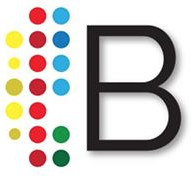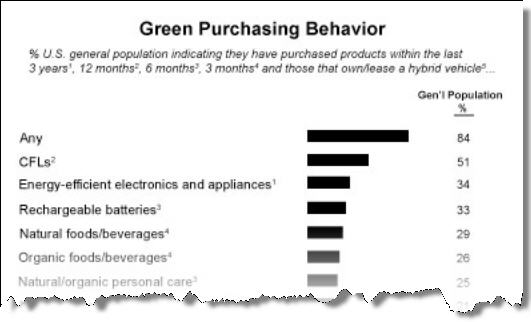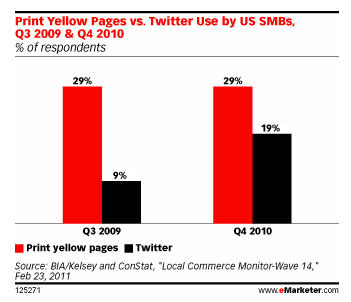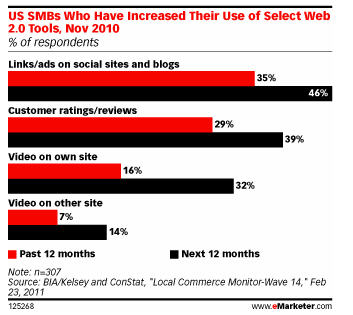In case you needed another way to spend your free time, here’s one interesting way: live purchasing. The Zappos.com website has a Real-Time Order Map that it dubbed Mappos, which allows you to see what individuals (kept anonymous of course) are ordering in real time all over the country. You gaze at a map of the U.S. as images of merchandise, pointing to an originating city, pop up on the screen for several seconds before winking out. If you feel so inclined, you can even vote thumbs up/down on the merchandise that was purchased, though Zappos doesn’t detail how that feedback is used. Not only is Mappos addictive to watch, but it arguably exemplifies the oldest selling ploy in the book, aka, “Everyone’s doing it.”
They are not the only company to have employed technology to track live purchasing. In an excellent Vogue article from the June 2010 issue called “High Clicks,” Sarah Mower interviewed Natalie Massenet, the founder of swanky luxury clothing etailer Net-a-Porter, a company which also tracked live purchasing behind the scenes, and presumably still does today. Mower had the following to say about Net-a-Porter's live purchasing system:
“…The whole office is wired for sound and video. Everyone in the company here, in New York, and the distribution centers can see what's selling, when, where, what the turnover is. Go look at the screens. They're mesmerizing.
Positioned in the sight lines of every desk, they display a visual of Google Earth, and every time someone makes a purchase, a Net-a-Porter bag pops up on the location. On the screen above, the shopper's order is pictured, along with how much she spent, where she lives, and a running tally of the day's takings. It's 11:00 A.M. London time now, and someone in Yekaterinburg, Russia, is buying towering $1,200 Fendi shoes. In NYC where it's 6:00 A.M. a woman drops $3,600 on Isabel Marant. A pair of $1,290 Bottega Veneta sandals is being ordered up in Athens (though the country's nearly bankrupt); a plunging, multicolored $600 Melissa Odabash swimsuit is going to soccer-wife country in Altrincham, Manchester.”
Needless to say, it seems that live purchasing could serve multiple functions, acting also as an ongoing morale-booster for employees who sell and process merchandise. It will be interesting to see the extent to which this trend catches on and evolves in the future.












